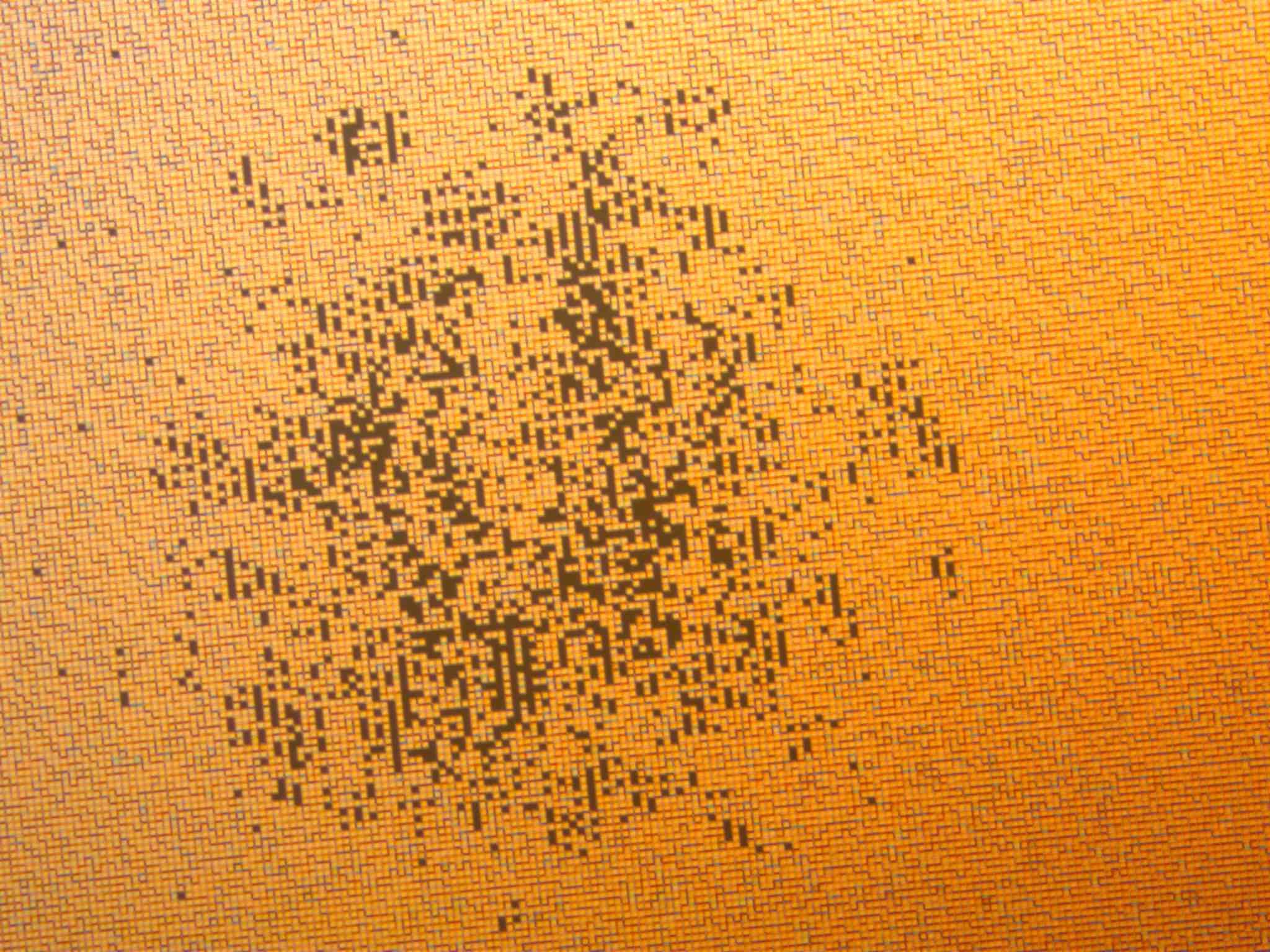Hello,
We have a DLP700 0.7 XGA VIS DMD module with Vialux controller suit. We send in an external trigger signal at 120Hz. We set the trigger pulse widht to 6ms and delay to 0 (in another case we set the delay to 1ms). Then we start to see dark pixels under microscope. Attached is the microscope image focused on the pixel plane. It looks like these pixels are stuck in either ON or OFF position. When powered, we could still load images onto the DMD but these marks will not recover. From the microscope images, it looks like damage occurs along vertical lines, which is parallel to the longer dimension of the DMD. When we set the delay to 0, it shows rows of pixels flipping ON/OFF and the row scrolling across the chip.
Could you help us understand what is going on? What is the mechanism to do the triggering and timing? Does it do it row by row scrolling through the chip? Why are we seeing this kind of damages, and is there a way to recover it?
Thanks.
Siqi


